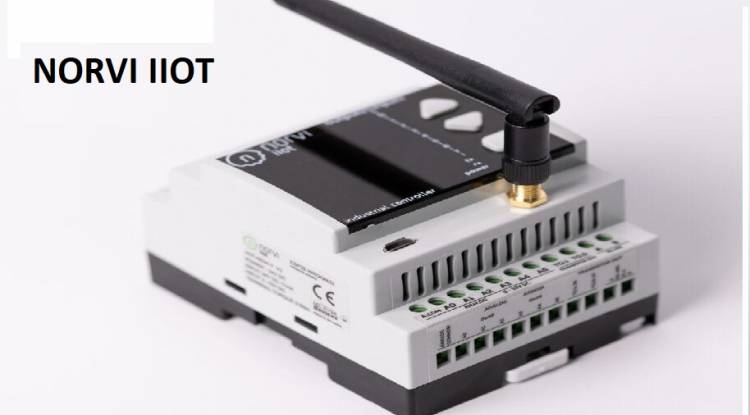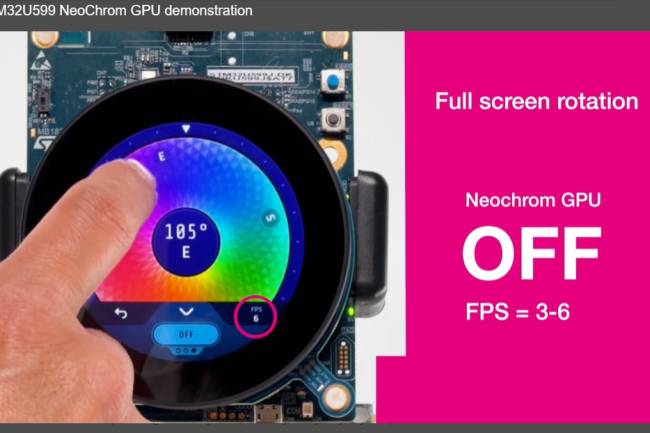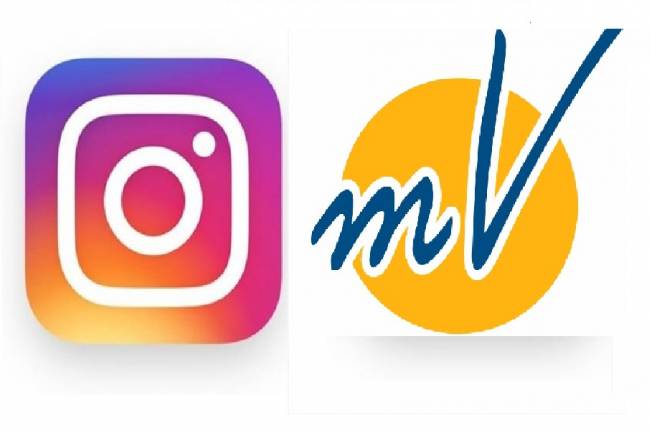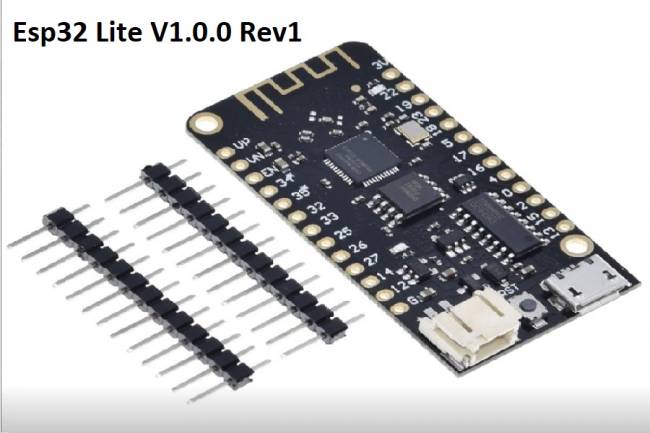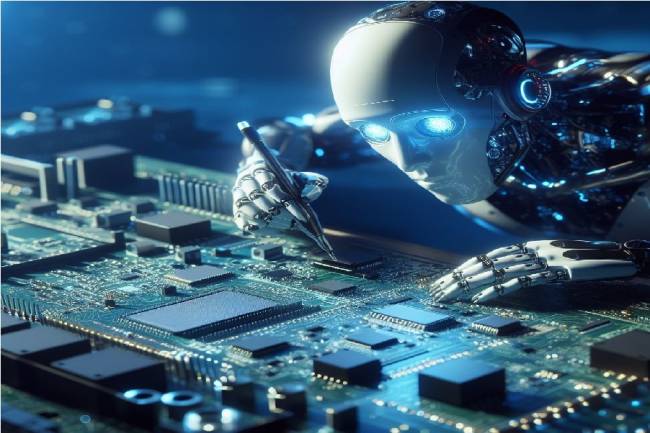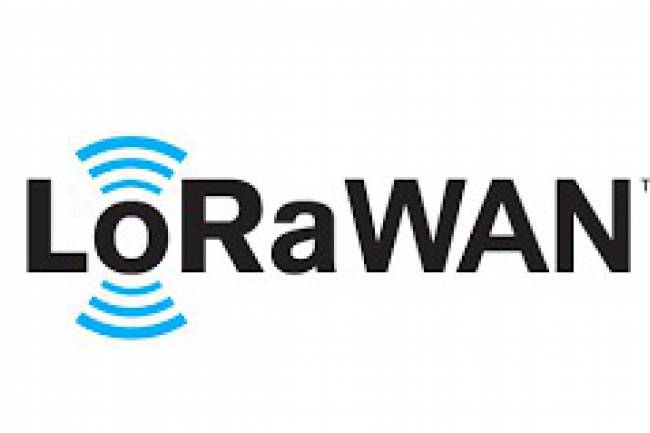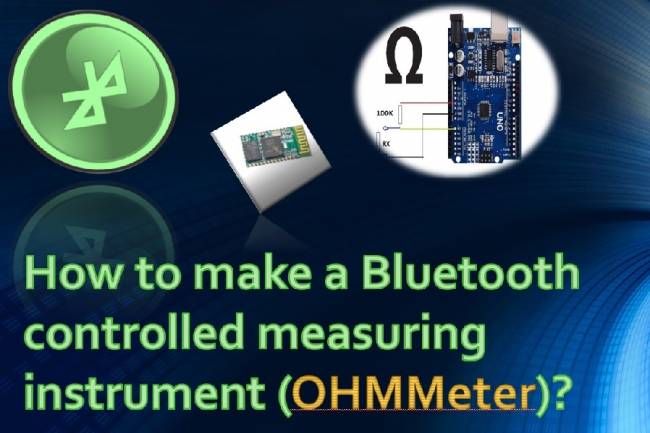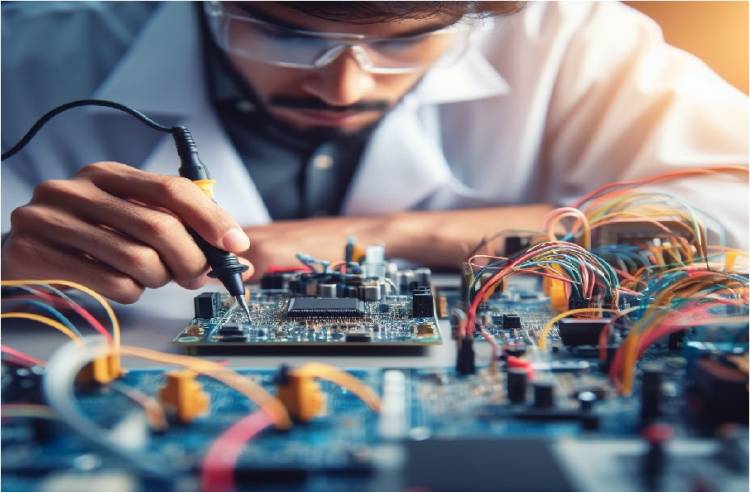
Guide to Becoming an Embedded System Expert
Step-by-Step Roadmap with ESP32 Modules
Step 1: Basic Electrical and Electronics Knowledge
Attend electrical engineering classes or learn using online resources to understand the basic principles of electrical circuits.
Master basic circuit analysis topics, understand basic components such as resistors, capacitors and inductors.
Learn the basic characteristics of analog and digital signals.
Step 2: Programming Capabilities
Take online courses or study books to gain programming knowledge in low-level languages such as C and C++.
Develop basic programming projects using Arduino IDE. Start with simple projects like the Blink project.
Step 3: ESP32 Microcontroller Information
Check out the technical specifications of the ESP32 module. These features include information such as processor speed, memory capacity, pin configuration.
Learn to use Arduino IDE with ESP32. Get to know the microcontroller by starting with basic projects like the Blink project.
Step 4: Sensor and Actuator Information
Develop basic projects using ESP32 compatible sensors. For example, you can start with simple applications such as detecting obstacles with a distance sensor.
Try to understand different scenarios using various sensors such as temperature sensors, motion sensors.
Step 5: Communication Protocols and Communication
Learn the communication protocols (SPI, I2C, UART) supported by the ESP32 and try communicating between modules using these protocols.
Examine resources and develop simple applications to understand wireless communication technologies, Wi-Fi and Bluetooth.
Step 6: Software Development Tools
Learn to use software development tools such as Arduino IDE and ESP-IDF. These tools help you manage the programming, compiling and debugging processes.
Step 7: RTOS (Real-Time Operating System) Information
Check out the resources to understand ESP32's FreeRTOS-based operating system. It is important to understand how real-time operating systems are used in time-critical applications.
Step 8: Embedded System Design
Try to understand how to integrate hardware and software by creating a simple embedded system design on ESP32.
In this step, it is important to understand the general design principles and steps of a project.
Step 9: Advanced Projects and Modules
Improve your skills with advanced projects. For example, you can develop image processing projects using the ESP32's camera module.
These projects are important for understanding how to think in complex applications.
Step 10: Industry Experience and Certification
Gain real-world experience by participating in internships or industry projects.
Formalize your area of expertise by participating in ESP32-related certification programs.
Step 11: Continuous Learning and Community Engagement
Interact with other developers by joining the ESP32 community. Ask questions, share your experiences.
Stay abreast of new technologies and maintain the practice of continuous learning. It is important to keep yourself updated.
You can review the ESP32 Based Industrial Controller product. Click on the picture link:
By following these steps, you can build a strong foundation in your process of becoming an embedded system expert through ESP32 modules and be ready to start real-world projects. Proceed by adjusting each step according to your own pace and needs and reinforce your theoretical knowledge with practical projects.
